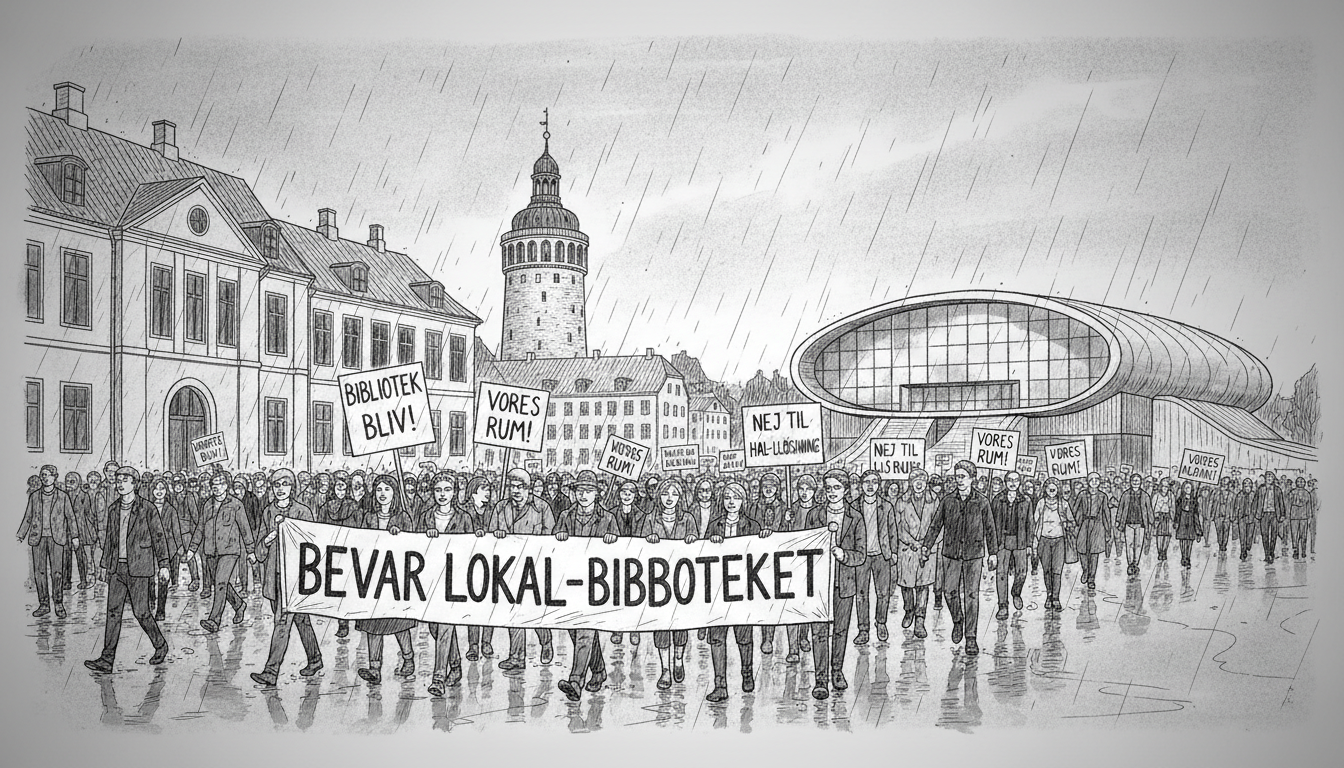Residents of Copenhagen's Østerbro district are voicing strong opposition to plans that would relocate their local library. The proposed move would shift library services just 650 meters away, but the new location has sparked controversy. Community members object to placing books and reading spaces inside a sports facility currently used for badminton and table tennis.
More than 3,000 people have signed a petition against the relocation plan. The protest highlights the emotional connection residents feel toward their neighborhood library. Many see the proposed move as downgrading cultural services to secondary status within a sports-oriented space.
Local politicians defend the proposal as creating a new cultural center. They argue that combining services could benefit the community. But residents remain skeptical about how well books and athletics would coexist in the same facility.
This conflict follows a recent victory for library advocates in Copenhagen. During the summer, city politicians abandoned plans to reduce the number of libraries after facing public resistance. That successful campaign appears to have energized community activists who now challenge this relocation effort.
The debate reflects broader tensions in urban planning across Nordic cities. As municipalities seek efficiency, residents increasingly push back against changes to cherished public services. Libraries hold particular significance in Denmark, where they serve as community hubs beyond mere book-lending facilities.
What makes this protest noteworthy is the relatively short distance involved. The library would move less than a kilometer from its current location. Yet residents perceive the shift from a dedicated library building to a shared sports hall as fundamentally changing the character of the service.
The situation demonstrates how physical spaces carry symbolic meaning in urban communities. Residents aren't just protesting a change of address. They're defending what they see as the proper place of cultural institutions within their neighborhood.
Local officials now face difficult decisions. They must balance budgetary considerations against clear public sentiment. The strong response suggests this issue will continue generating debate in coming weeks. The outcome could influence how Copenhagen approaches similar service reorganizations in other neighborhoods.
Why does this relatively small relocation matter beyond Østerbro? It represents a test case for how Scandinavian cities manage public services during periods of urban transformation. The resolution may signal whether efficiency-driven consolidations can withstand organized community opposition.

